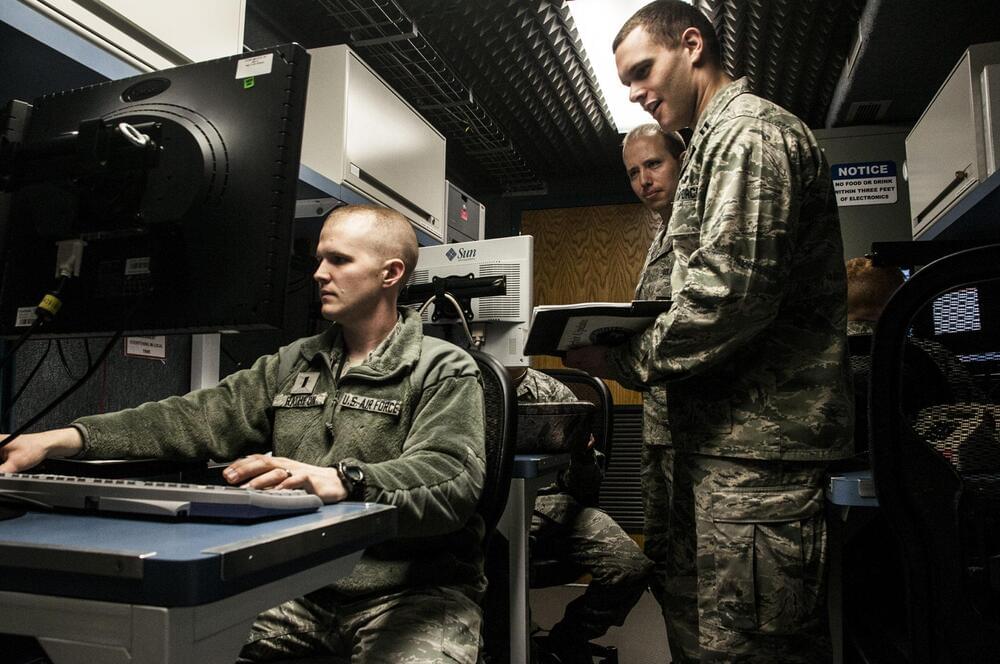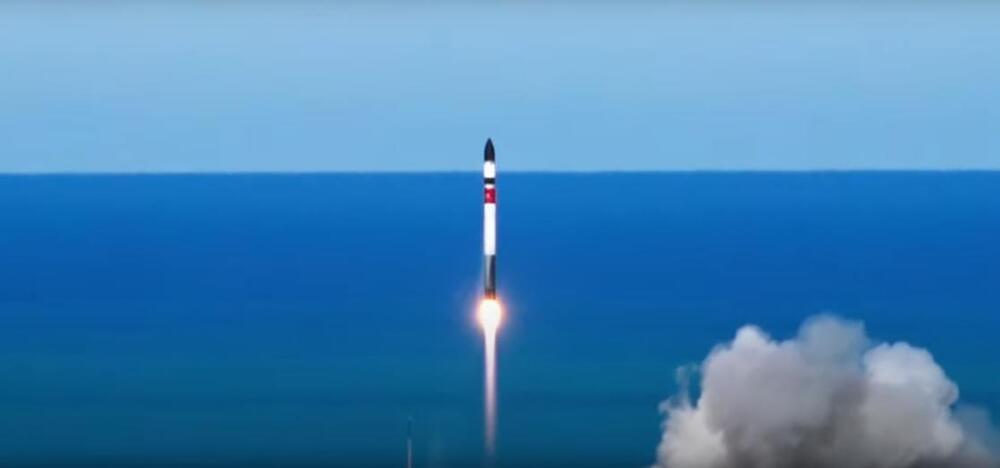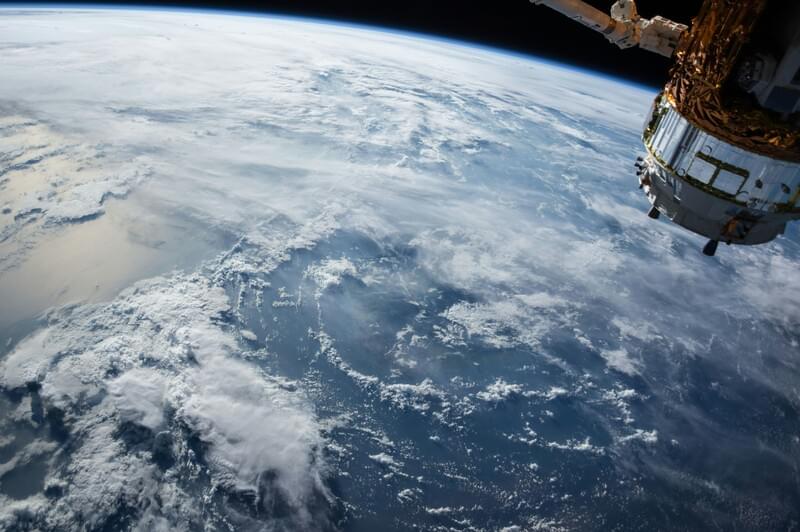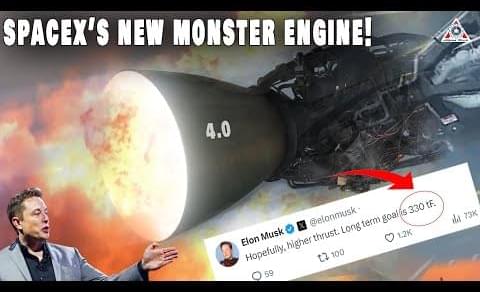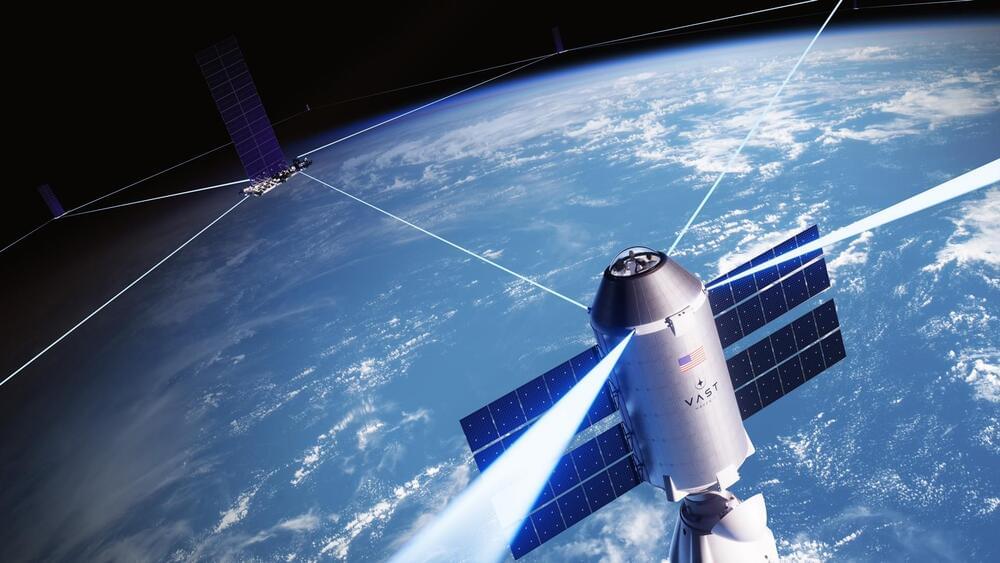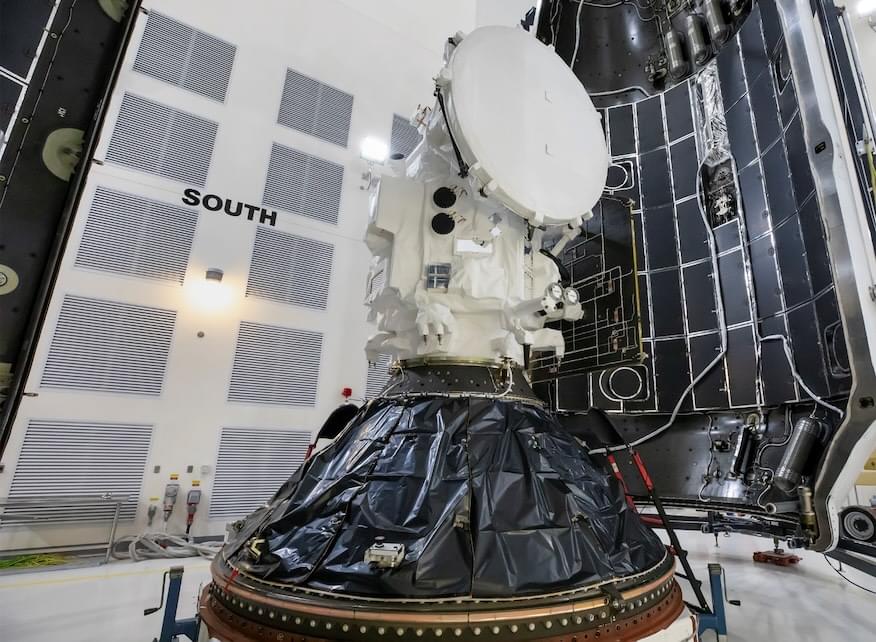Apr 27, 2024
Space Force opens bidding for classified communications satellites
Posted by Saúl Morales Rodriguéz in categories: military, satellites
Join our newsletter to get the latest military space news every Tuesday by veteran defense journalist Sandra Erwin.
This estimated $8 billion procurement, known as Evolved Strategic Satcom (ESS), will supplement and eventually replace the existing Advanced Extremely High Frequency (AEHF) satellite constellation. The new system will provide critical jam-resistant communication channels for the National Command Authorities and deployed forces worldwide, even in the North Polar region – a capability lacking in the current system.
